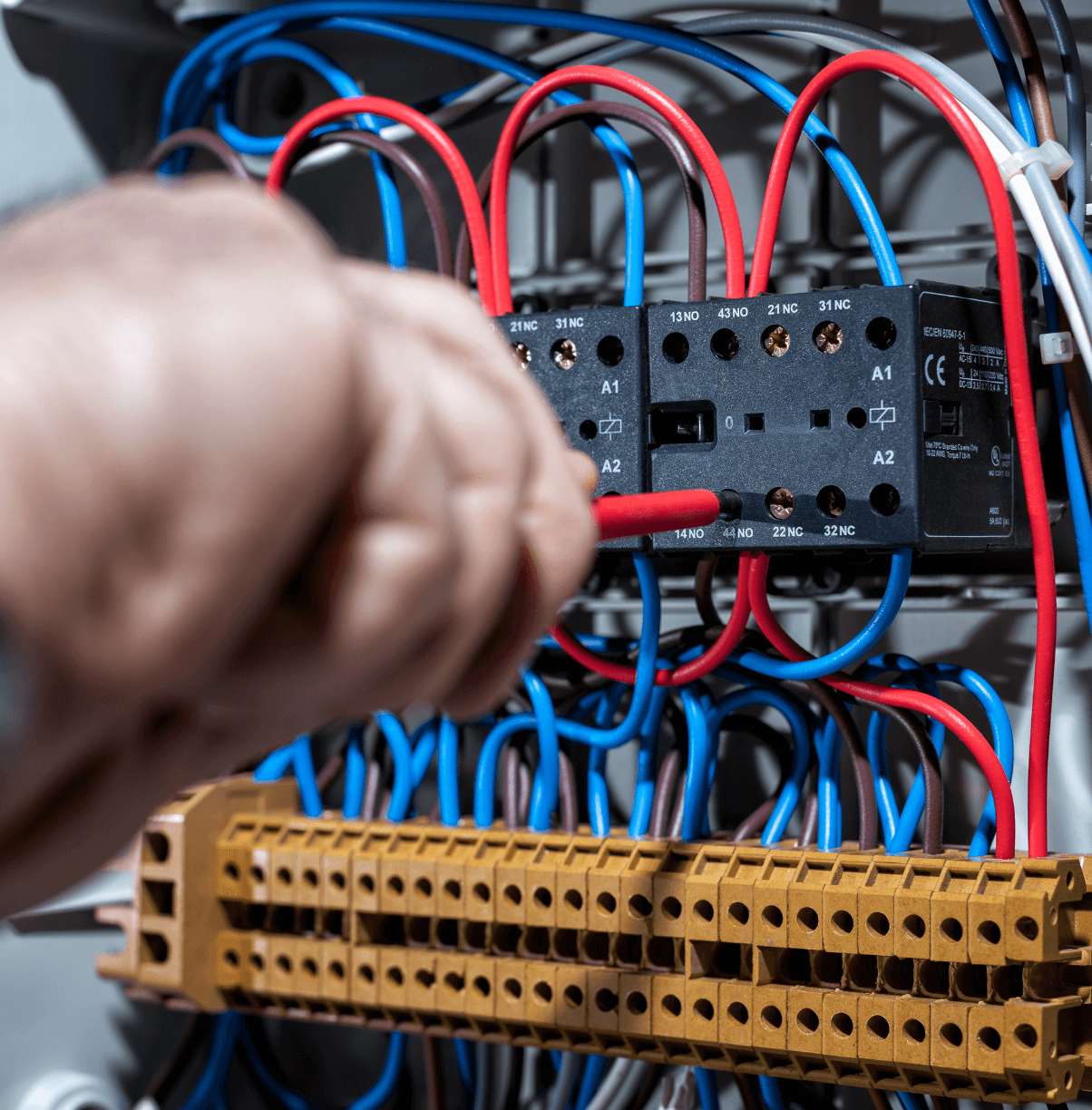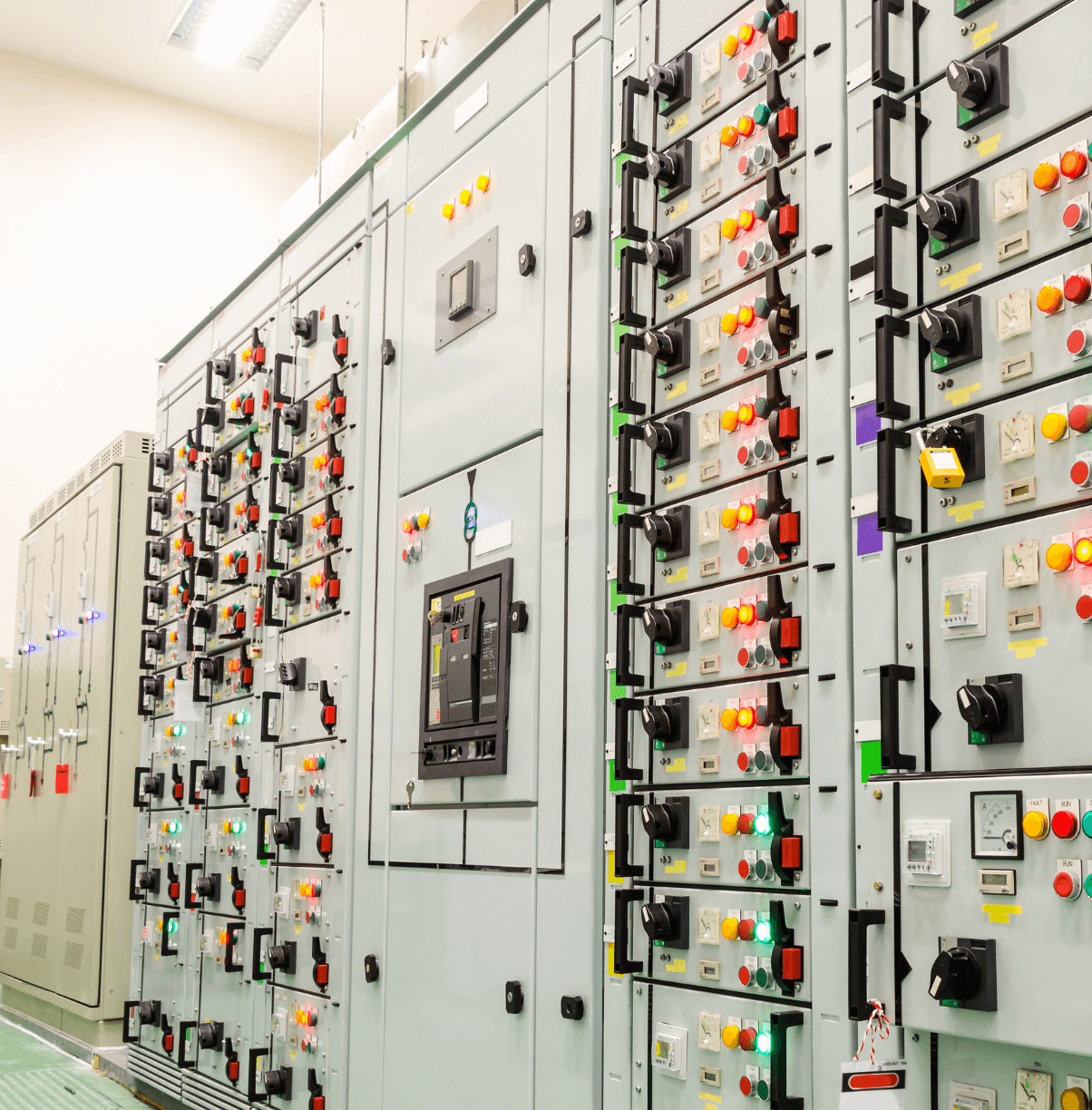An electrical installation is a set of interconnected products installed in a building with coordinated features to fulfill a specific purpose.
Testing of electrical installations is the step that follows the completion of the connection of equipment in the field and connection to electrical cabinets.
Of course, the testing of installations must be applied with every change, reconnection, or creation of new connections between electrical cabinets and equipment in the field to determine possible conductor breaks or, even more dangerous, possible short circuits.
Electrical installation testing is one of the minimum technical requirements for most business premises. It is mandatory for the safety of every commercial or residential premise and the workers or tenants therein.
Electrical installation testing
Electrical installation testing refers to the process of evaluating the safety and performance of an electrical installation, such as the wiring and electrical systems in a building or facility. This typically involves conducting a series of tests to ensure that the installation meets relevant safety standards and codes and that it is functioning properly.
Several types of electrical installation tests may be conducted, including:
- Insulation resistance testing: This test measures the resistance of the insulation on electrical cables and wiring to ensure that it is sufficient to protect against electrical shock.
- Continuity testing: This test verifies that there are no breaks or faults in the electrical circuit.
- Earth fault loop impedance testing: This test measures the resistance of the earth fault loop to ensure that it is sufficient to protect against electrical shock in the event of a fault.
- Protective device coordination testing: This test verifies that the protective devices, such as circuit breakers and fuses, are properly coordinated to ensure that they will operate correctly in the event of an electrical fault.
- Functional testing: This test verifies that the electrical installation is functioning properly and can meet the needs of the building or facility.
Overall, testing is an important aspect of ensuring the safety and performance of electrical systems and is typically required by building codes and regulations.
When does electrical installation testing need to be done?
The norms predict the initial testing is (after construction and before commissioning), after the replacement of parts of the installation or equipment, after reconstruction of the installation, and in certain periods.
Electrical installation testing is typically required at various stages throughout the life of the installation. Some of the situations in which electrical installation testing may be needed include:
- At the time of installation: Electrical installation testing is typically required after an electrical installation has been completed, to ensure that it meets relevant safety standards and codes and that it is functioning properly.
- After significant changes or modifications: If significant changes or modifications are made to an electrical installation, it may be necessary to re-test the installation to ensure that it is still safe and functioning properly.
- Periodically: Many electrical installations are required to be tested periodically, typically every 5 to 10 years, to ensure that they are still safe and functioning properly. This is particularly important for older installations, as the materials and components used in the installation may degrade over time, increasing the risk of electrical hazards.
- In the event of an electrical fault: If an electrical fault is detected in an installation, it may be necessary to conduct testing to identify the cause of the fault and determine the appropriate course of action.
Overall, electrical installation testing is an important aspect of ensuring the safety and performance of electrical systems, and is typically required by building codes and regulations.
The reliability and safety of electrical installations are of utmost importance. Furthermore, they can be exposed to various external or internal harmful influences, and incorrect or poorly maintained installations pose a danger to the life and health of people and the safety of the property.
Looking for an electrical installation examiner?
Duplico offers the possibility of testing electrical installations with our equipment and by trained professionals.
We employ several dedicated and diligent examiners, and the procedure itself is carried out based on the Technical Regulations for Low-Voltage Electrical Installations - Part 6: Inspection (IEC 60364-6: 2006, MOD; HD 60364-6: 2007) and according to the requirements of other currently valid standards.
Inspection (IEC 60364-6: 2006, MOD; HD 60364-6: 2007) and according to the requirements of other currently valid standards.
Inspection is a process that involves evaluating the condition and performance of an electrical installation to ensure that it meets relevant safety standards and codes. The IEC 60364-6: 2006 and HD 60364-6:2007 standards are international standards that guide the inspection of electrical installations.
These standards outline the requirements for inspecting electrical installations, including the types of tests and measurements that should be performed, and the criteria that should be used to evaluate the installation.
According to these standards, electrical installations should be inspected at various stages throughout their life, including at the time of installation, after significant changes or modifications, and periodically.
The frequency of inspection will depend on the type of installation and the conditions in which it is used. For example, installations that are subject to harsh conditions or heavy use may need to be inspected more frequently than installations that are used less frequently or in more benign environments.
The technical regulation for low-voltage electrical installations prescribes the technical properties of low-voltage electrical installations of buildings, requirements for design, execution, usability, maintenance, and other requirements for electrical installations, as well as technical properties and other requirements for products intended for installation in electrical installations.
In addition to testing electrical installations in industry and construction, Duplico also offers on-the-market testing of installations made in explosive atmospheres, for which we have the necessary equipment and qualified people.
We carry out the above based on the Ordinance on minimum requirements for the safety and health protection of workers and technical monitoring of plants, equipment, installations, and devices in areas threatened by explosive atmospheres and other positive regulations.



